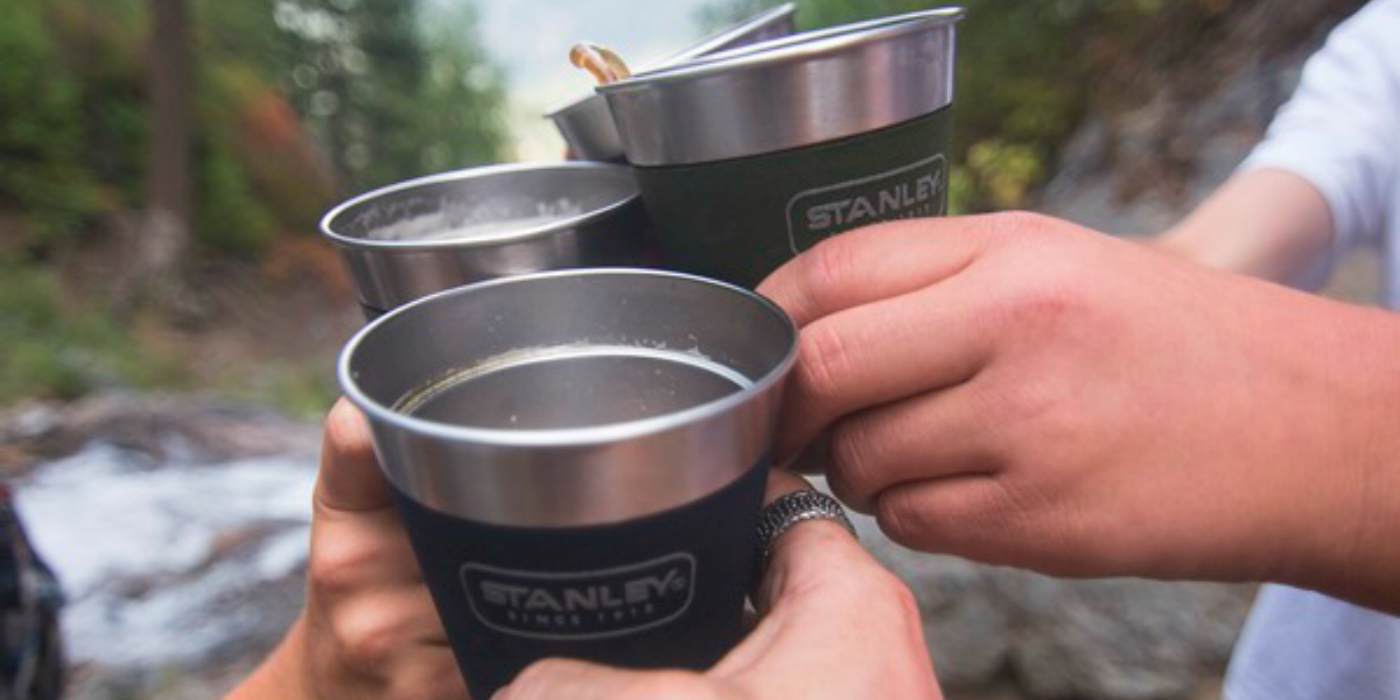
Want to test your green thumb for your kitchen, but don’t know where to start? Lettuce, spinach and other greens are easy, space conscious crops and a great base for dinner. What kind of dietitian would I be if I wasn’t telling you to eat your greens?

Where to plant lettuce:
No matter your space constraints, lettuce and spinach will probably work for you. They grow well in a pot or container and can easily exist in good soil anywhere from a patio to a small balcony as long as you have a bit of sun. Lettuce hates extreme heat, so be conscious of pot placement!

If you’re looking for a solid multifunctional and weather resistant container, I highly recommend something galvanized steel. If you decide not to use it for planting in the future, a galvanized steel tub can continue to live on as a large ice and drink container for parties, a dog washing station or storage container for decades more. Once it reaches the point of retirement, you can responsibly recycle it for it to take its next form.
How to plant lettuce:
Once you pick your container and fill it with good soil, shop for your greens. Your local nursery or home improvement store should have lots of varieties of leaf lettuce, head lettuce, spinach and heartier greens like kale.

While you can opt for starting with seeds, there’s nothing wrong with selecting small pre-grown plants (That’s what I did! I’m looking for salad success in my first year of gardening!). This will also allow you to stagger your planting so you can have fresh greens week after week instead of a deluge of salad all at once. Always read the plant tags that come with each plant. They’ll advise you on how far apart to space the plants and how many days you should wait for optimal harvest.

How to care for lettuce:
There are really no secrets when it comes to watering lettuce. If it looks thirsty and limp, give it a good water very early in the morning or at night. Don’t water midday in full sun. Make sure you have a watering can with a rain/shower head which provides small drops of water that won’t harm leaves or flowers.
A good watering can can last you decades (again – galvanized steel is our personal choice – it looks amazing year after year and can be recycled at the end of its life). Keep lettuce moist but ensure good drainage, or rot will occur.

How to harvest lettuce:
Not all lettuce is picked the same way. Leaf lettuce (think a package of mixed greens) is picked when leaves are 3-4 inches long. Use a garden knife or scissors and cut the outer leaves from the bundle, or grab several at a time and slice an inch above the base of the plant. This will allow for a second batch of lettuce to come from the plant. Cut too low, and your plant is done.
If you’re harvesting a full head of lettuce, when mature (read the tag or do some googling on your particular variety you selected), use a garden knife to cut below the head to keep the leaves together. A French garden knife is new to me this year but I’ll always have one from now on. They’re versatile, beautiful and very handy for vegetable harvest.

How to wash and store lettuce:
No matter how pretty your greens are, if you don’t wash them and end up serving sandy salad, no one is going to forgive you. A salad spinner is worth the cabinet space if you’re growing greens. Separate the leaves and place in the salad spinner colander in the bowl and fill with water. Use your hand to swish it around, or use the spin function to lightly agitate the water.
The goal is to clear off grit and soil from the leaves. Lift out the leaves and colander, drain the water (the dirt will sink), rinse, drain again and use the pump function to spin the water from the leaves.

Store in paper towels in an airtight bag if you’re not having greens ASAP. The salad spinner drying action is crucial for a good salad since wet leaves will make the dressing slide right off. Salad dressing is so easy to make at home and store. Our go-to recipe is a mustard vinaigrette.










